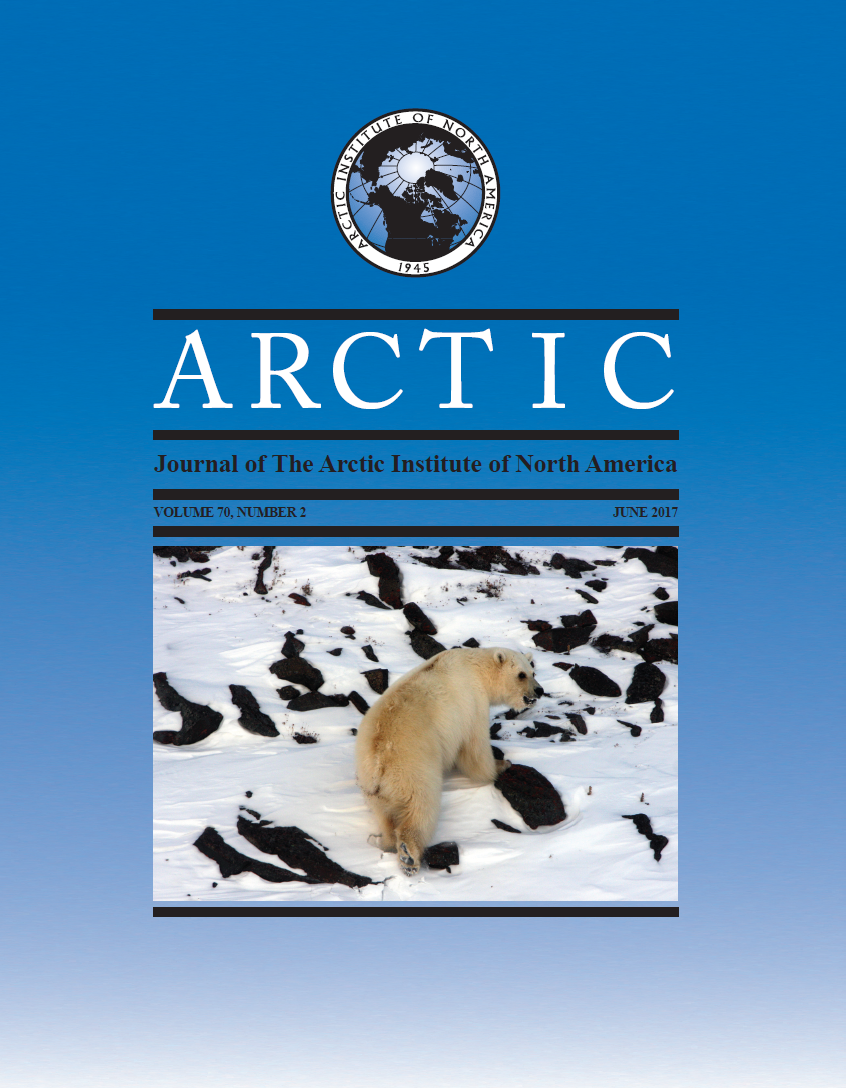History, Oral History and Archaeology: Reinterpreting the “Boat Places” of Erebus Bay
DOI:
https://doi.org/10.14430/arctic4649Ключевые слова:
Franklin expedition, archaeology, Erebus Bay, oral history, King William Island, cannibalism, boat placesАннотация
Historical and archaeological records are examined for three archaeological sites at Erebus Bay, King William Island, associated with the 1845 John Franklin expedition. Comparison of 19th century historical descriptions with archaeological data from sites NgLj-1 and NgLj-3 establishes that the identification of NgLj-1 as the site of the 1859 McClintock “boat place” is incorrect and that NgLj-3 is the actual site. An assessment of 19th century oral historical information and contemporary archaeological data from NgLj-2 supports the conclusion that a ship’s boat from the Franklin expedition was once located at the site, but its identification as the second “boat place” discovered by Inuit in 1861 is problematic. The study underscores interpretive risks associated with uncritical acceptance of historical and oral historical accounts and the importance of archaeological research in the reconstruction of events surrounding the fate of the Franklin expedition.


